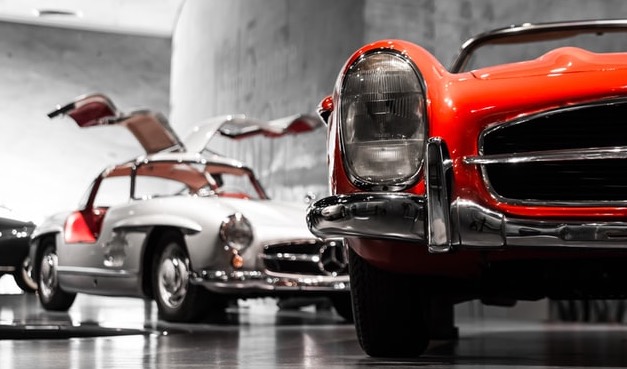Classic Car Classifieds > Standard Vanguard Phase I
The Standard Vanguard was a car produced by the Standard Motor Company in Coventry from 1947 to 1963.
The car was announced in July 1947, was completely new, with no resemblance to the previous models, and was Standard's first post-Second World War car. It was also the first model to carry the new Standard badge, which was a heavily stylised representation of the wings of a griffin.
In the wake of the Second World War many potential customers in the UK and in English-speaking export markets had recently experienced several years of military or naval service, therefore a car name related to the British Navy carried a greater resonance than it would for later generations. The name of the Standard Vanguard recalled HMS Vanguard, the last of the British Navy's battleships, launched in 1944 amid much media attention, permission to use the name involved Standard in extensive negotiations with senior Royal Navy personnel.
Chassis and running gear
The car used a conventional chassis on which was mounted the slab sided body. The chassis was later used by the Triumph 2000 roadster. Suspension was independent at the front with coil springs, and a live axle and leaf springs at the rear. Front and rear anti-roll bars were fitted. The brakes were hydraulic with 9-inch (228 mm) drums all round, and to make the most of the interior space a column gear change was used.
Engine
The same wet liner engine was used throughout the range until the advent of the Six model in 1960, and was an overhead-valve unit of 85 mm (3.3 in) bore and 92 mm (3.6 in) stroke with single Solex downdraught carburettor. The compression ratio was 6.7:1. Wet cylinder liners were fitted. The engine was essentially the same as that made by Standard for the Ferguson tractor, with some changes for automobile use.
Transmission
At first, the transmission included a three-speed gearbox with synchromesh on all forward ratios, controlled using a column-mounted lever. The option of Laycock-de-Normanville overdrive was announced at the end of 1949 and became available a few months later, priced for UK buyers at slightly under £45 including purchase tax.
Broadening the range of available bodies
An estate car joined the range in 1950 and, for Belgium only, some convertibles were made by the Impéria coach-building company.
Road test data[edit]
A car tested by The Motor magazine in 1949 had a top speed of 78.7 mph (126.7 km/h) and could accelerate from 0–60 mph (97 km/h) in 21.5 seconds. A fuel consumption of 22.9 miles per imperial gallon (12.3 L/100 km; 19.1 mpg-US) was recorded. The test car cost £671 including taxes.
Classifieds Search
Sell Your Car for FREE

Place your car for sale in our classic classifieds section. It's completely FREE to place an advert with CCI.
No classified adverts listed, try again later.
Click on the website logos below to search for models matching your search criteria for sale at each website:
Classified Analysis
There are currently no classified advert analysis reports listed.
Classifieds Search
Classified Alerts
We can help you find the classic vehicle you desire.
Advertise Here
You can advertise your business here. Call us on
01892 457670

